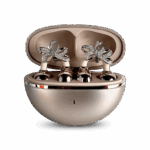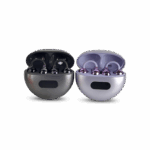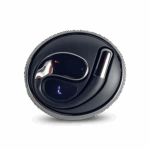
Beauty life style classic
Lorem ipsum dosectetur adipisicing elit, sed do.Lorem ipsum dolor sit amet, consectetur Nulla fringilla purus at leo dignissim congue. Mauris elementum accumsan leo vel tempor. Sit amet cursus nisl aliquam. Aliquam et elit eu nunc rhoncus viverra quis at felis.



